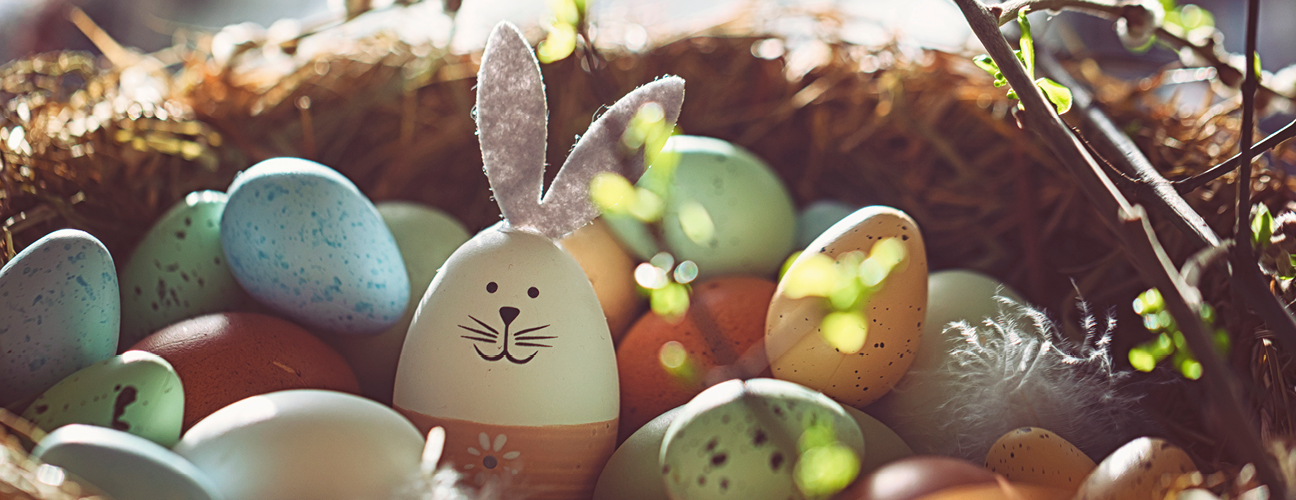Hoppy Easter! We hope it’s an egg-cellent day!

Can we interrupt your Easter feasting with a serious question? For Christians, Easter is a day of great significance and comes with a range of customs and traditions, but just how do bunnies and eggs come into it? And does the Easter Bunny actually lay eggs? Read on to find out the answer.
Easter eggs and the Easter Bunny are an integral part of Easter celebrations across the world. In Australia many of us observe these traditions, possibly without really knowing why.
Symbols of rebirth and renewal, eggs featured in the pagan celebration of Spring, honouring Eostre, goddess of light. This festival eventually became Easter, where eggs symbolised the resurrection of Jesus Christ.
From medieval times, Christians observed Lent, the 40-day period of fasting during which meat and eggs were not allowed to be eaten. Lent ends on Easter Sunday and so eating eggs was regarded as a treat after a long period of abstinence.
The Easter Bunny most likely originated in Germany with the tradition of the Osterhase (Easter Hare). Rabbits, due to their ability to reproduce at a great rate, symbolised Spring, fertility and new life, and in turn, the resurrection of Jesus Christ. Children made nests the night before Easter into which the Easter Hare could lay its coloured eggs. This tradition was brought to America in the 1700s with the German immigrants who settled in Pennsylvania.
In the 19th century, chocolate eggs first appeared in France and Germany, where chickens’ eggs were emptied and re-filled with chocolate as a post-Lent treat. Then came moulded chocolate eggs and rabbit-shaped eggs.
Today, of course, chocolate eggs and bunnies are sold all over the world, while many cultures also dye boiled eggs in many decorative and traditional ways.
In Greek and Serbian culture, boiled eggs are dyed red to symbolise the blood of Christ and are used for tsougrisma (Greek) and tucanje (Serbian), an egg-knocking competition, on Easter Sunday. The person whose egg escapes being cracked at both ends, is said to be in for a lucky year.
And Germans still dye their eggs in bright colours – or rather, the Osterhase lays them in bright colours! – for children to find on Easter morning.

